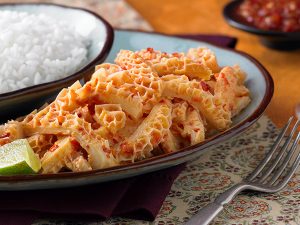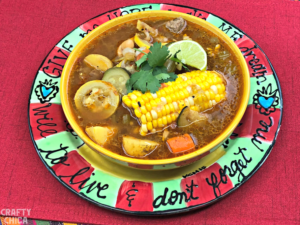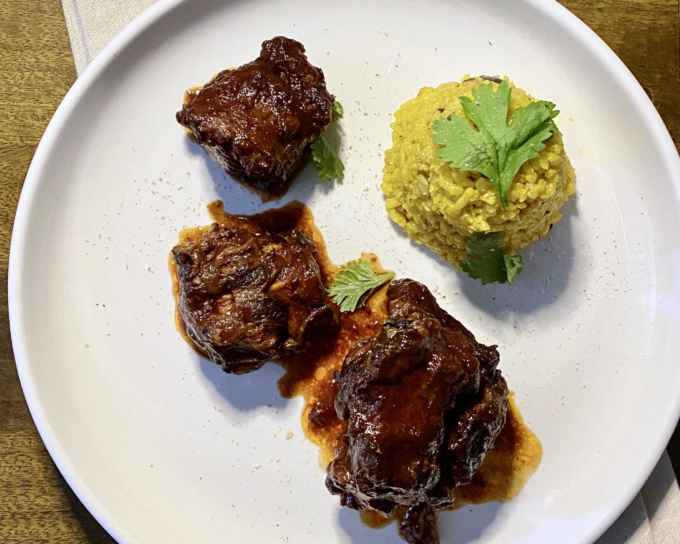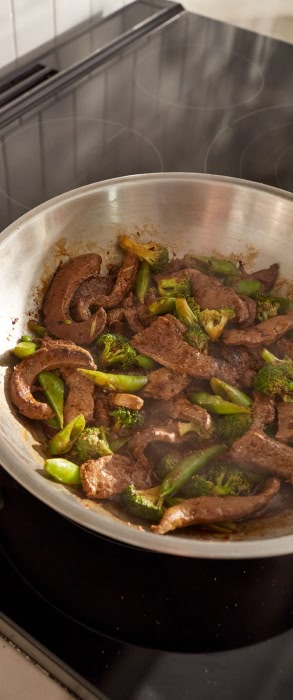How To Build Up a Versatile Spice Cabinet
Hispanic cuisine is famous for its rich, bold flavors that come from the blend of spices used in traditional recipes.
Add these ingredients to your spice rack to create the delicious Hispanic recipes and authentic flavors you love.
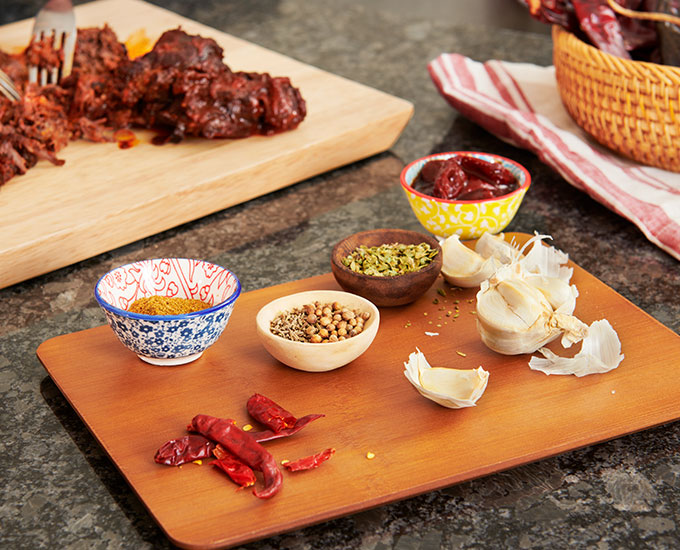
The Basics: What Are Common Hispanic Spices?
Hispanic spices are often used in traditional Mexican, Central American and South American dishes. These vibrant seasonings are also excellent for enhancing the aroma and flavor of dishes from other regional and national cuisines.
Some basic Latin American spices used in Hispanic cuisine include:
- Ground Chile Powders: A variety of mild to spicy chile powders such as ancho chiles, cayenne pepper, Cascabel chiles, and other chiles indigenous to Latin America.
- Cumin: Toast cumin seeds and grind in a molcajete to bring out flavor.
- Mexican Oregano: A spice native to Mexico, Central America, and the southwestern United States. Its flavor is earthier and citrusy compared to Italian oregano.
- Thyme: Adds flavor to slow cooked beef.
- Bay Leaves: Adds distinct herb flavor to braised beef, soups, stews and marinades.
- Allspice: Adds warm sweet flavor similar to a blend of cinnamon, cloves and ginger.
- Coriander (Cilantro): Pungent whole or ground “semillas de cilantro” seeds are used in marinades and spice blends. Fresh cilantro leaves are used as a topping for tacos, soups, stews and braised beef.
- Epazote: An aromatic herb, sold fresh or dried in Latin food markets.
- Smoked Paprika: Also called pimento, this adds rich bold smoky pepper flavor to a variety of recipes.
- Cloves: Add distinct flavor to classic mole Poblano and Mexican birria.
- Cinnamon: Mexican cinnamon is used in beverages, sweet desserts, and savory dishes.
- Garlic Powder: Add delicious full bodied flavors to braised beef, soups, stews, sauces and marinades.
A guide on how to stock a Hispanic spice cabinet would be incomplete without mentioning these spices!
Dried Chile Peppers
There are dozens of varieties of dried chile peppers, and the most popular include guajillo, ancho, and arbol chiles. Each chile has a different spice level and flavor. Guajillo chiles are slightly hotter than ancho chiles. Guajillo has a fruity flavor, while ancho has an earthy and smoky flavor.
These chiles are a staple in Mexican cuisine – used in everything from chile sauces and salsas to soups, stews, and moles. Besides making foods spicy, blended chiles also give Mexican dishes a distinctive and instantly-recognizable red color.
Recipes for chile sauce call for dried chiles to be de-seeded and stemmed first. Before adding dried chiles to a dish, you typically need to boil them. This rehydrates the chiles before you blend them into a paste. If you have a low spice tolerance, you can select a milder chile for less heat.
Check out this traditional red chile braised beef shank recipe with dried chile peppers.
Azafran
Azafran—or saffron—is a traditional spice with a mildly sweet and floral flavor and aroma. The spice gives Mexican dishes like Golden Brown Choncholines a vibrant yellow color. Not to be confused with traditional saffron, azafran seasoning blend (Mexican saffron) is sold everywhere and is very economical.
Achiote paste gives food a reddish-orange color, similar to azafran, but the flavor is slightly different. Achiote is also slightly peppery when compared to azafran. Besides achiote paste, you can get achiote oil made by cooking annatto seeds in oil which releases its color.
Pre-Made Blends
Apart from cost efficiency, buying pre-made spice blends can be a quick and easy way to season recipes like an expert.
Pre-made Mexican blends are available from several different brands. Each blend has a unique mix of ingredients, which typically includes commonly used herbs and spices like coriander, chili powder, cinnamon, allspice, cloves, anise, cocoa powder, cumin, epazote, and Mexican oregano.
You can also find Mexican spice blends labeled as adobo. Depending on the maker, an adobo all-purpose dry spice blend may contain garlic powder, ground peppercorns, onion powder, salt, black pepper, oregano, and turmeric. You can use the adobo as a dry rub for seasoning meats you intend to grill, roast, or braise for Hispanic dishes.
Alternatively, opt for chile-lime seasoning, which typically contains salt, chili peppers, and dehydrated lime. You can flavor sliced fruits, vegetables, or savory baked goods with it. These spice blends are ideal and convenient for adding authentic, complex flavors to recipes with a single ingredient.
Cooking Sauces
Cooking sauces are a key part of several Mexican recipes; they are typically used as the base of other dishes or as fillings. Instead of spending hours making your own cooking sauce, jarred cooking sauces stand in for fresh chopped veggies and stove top preparation on busy nights.
One very popular Mexican sauce is sofrito. It serves as an aromatic flavor base for several Hispanic recipes.
Several brands offer canned and jarred sofrito products, and the high-quality ones contain ingredients like tomatoes, garlic, onions, and fresh herbs. If you love spicy food, you can find jarred sofrito products that contain peppers. You can use the sofrito as the base for dishes like Spanish paella, lengua mechada, empanadas, and various stews.
Another jarred cooking sauce that you can add to your lineup is recaito cilantro. It is a cilantro-based seasoning that typically contains cilantro (of course!), green pepper, onion, and garlic sautéed in olive oil. You can use the rich, thick base to replace freshly chopped vegetables and enhance the flavor of your bean, rice, soup, or stew dish.
Bring Traditional Aromas and Flavors to Your Kitchen
Spices are the secret to making your cooking smell like authentic, traditional Hispanic dishes. Now that you know which spices you need for your kitchen, it’s time to get everything to prepare your favorite recipes.
Do you need inspiration for new recipes to try at home? Check out our recipes with Rumba Meats.
Find Your Faves
Get the cuts you crave at a store near you.

